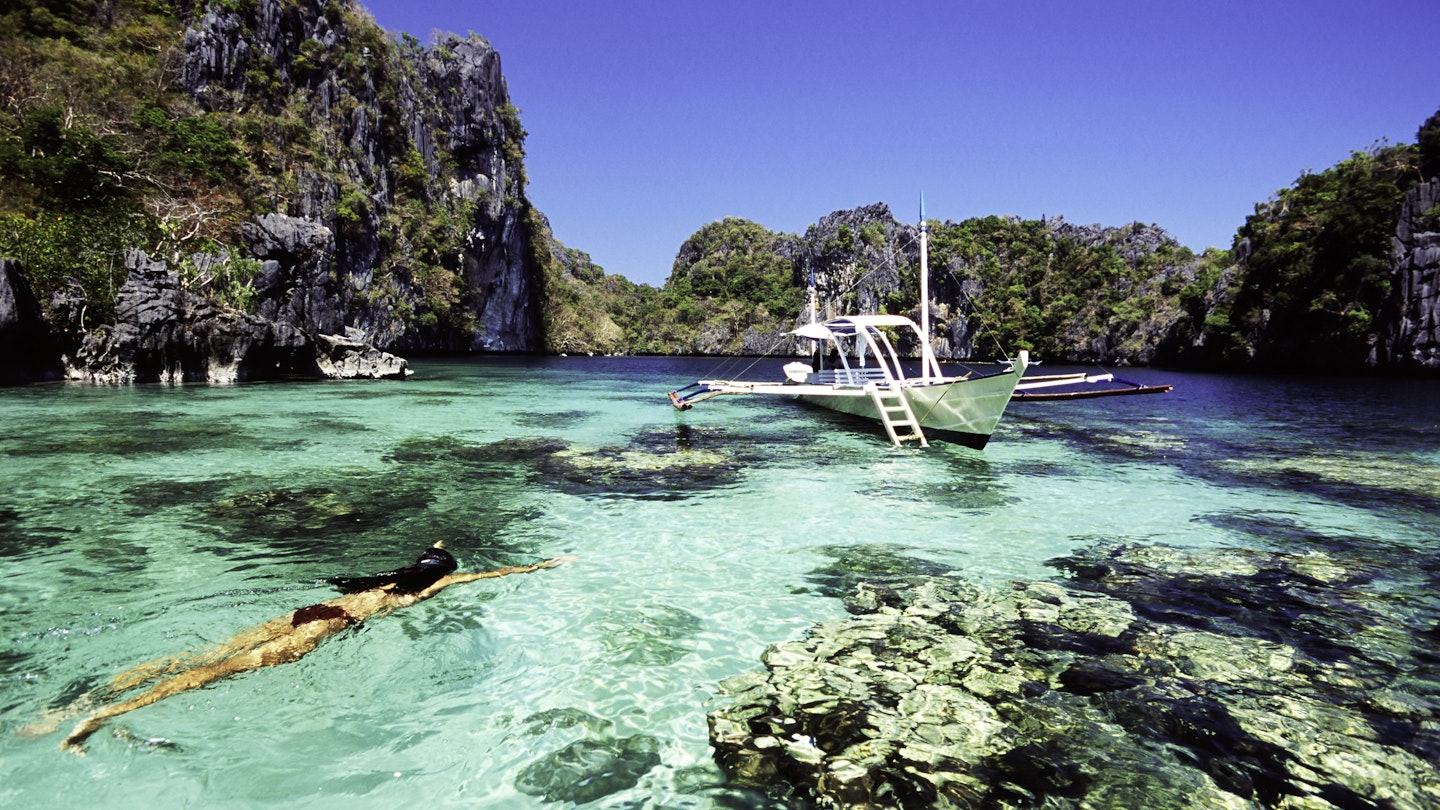When to Visit the Philippines: A Seasonal Guide
With over 7000 islands spread over 300,000 sq km, there’s never a bad time to grab a beach towel and head to the Philippines. The country is renowned for its strips of golden sand, and even during the height of the rainy season, you’re still likely to find an island where the sun is shining. Additionally, the calendar is chock-full of fiestas and events, offering a unique cultural highlight for visitors regardless of the month they visit.
Whether you’re looking for the best time to enjoy the beach, engage in a lively festival, or simply avoid the worst of the tourist crowds, here’s our guide to the best time to visit the Philippines.
Note: During COVID-19, there are restrictions on travel, and opening hours may vary. Always check the latest guidance in the Philippines before planning a trip and follow local health advice.
High Season: November-April
The high season corresponds to the dry season for most of the country. December, January, and February are the coolest and most pleasant months for travel, attracting crowds to popular beach areas like El Nido and Coron, alongside competition for hotel accommodations.
- Cultural Highlights: Celebrations around Christmas, New Year, and particularly Holy Week provide a vibrant and colorful time to explore.
- Considerations: Many resorts increase their rates significantly during these popular periods.
Shoulder Season: May-October
The shoulder season in the Philippines tends to be short, often just a month on either side of the popular dry season and quieter rainy months. There are accommodation savings available if you time it right, with fewer tourist crowds. However, end-of-term school holidays in April and May bring increased domestic tourist activity.
- Exciting Events: Exciting festivities such as the month-long Magayon Festival in Legazpi in May and the MassKara Festival in late October enhance the appeal of a shoulder season trip.
Low Season: June-September
The low season means fewer crowds and cheaper accommodation options; however, rougher seas and a higher likelihood of adverse weather, including typhoons, can occur. Despite these conditions, determined surfers flock to Siargao’s Cloud Nine, known as the country’s most famous wave, which attracts enthusiasts during this time.
For the best chance of beach-friendly weather, consider visiting the Eastern Visayas, which often remain dry while much of the country is affected by rain.
Monthly Breakdown
January
New Year is a ‘superpeak’ period, with hotel rates potentially quadrupling in resort areas. The weather is typically good away from the eastern seaboard, remaining relatively cool and dry, although some rain can linger. January is also the party season with events like the Ati-Atihan Festival in Kalibo and the Sinulog Festival in Cebu.
February
February experiences peak season with foreign travelers, making it essential to plan ahead. Kite surfing thrives, while whale shark activities begin in Donsol. The northern mountains see the serene Panagbenga Flower Festival, showcasing stunning flower displays.
March
As temperatures rise significantly in March, city sightseeing becomes challenging, and beach lounging becomes more appealing. Tourist numbers begin to increase but are still manageable.
April
Holy Week leads to nationwide observances, with sinakulo (passion plays) and pasyon recitations. This period, although fascinating, often sees resort prices reaching ‘superpeak’ levels.
May
The onset of shoulder season sees decreasing accommodation rates, but the heat can be intense due to April and May being school holidays, resulting in busy beaches. Consider traveling to cooler highland destinations during this time.
June
The wet season begins in June, providing relief from the heat but introducing the risk of typhoons. However, events such as the Baragatan Festival in Puerto Princesa celebrate local culture and traditions.
July
July is less popular for tourists, yet savvy travelers find serene spots like Samar and Leyte to explore lush landscapes with minimal crowds.
August
August is the rainiest month for most, excepting the eastern seaboard where the weather remains dry. Davao also celebrates its Kadayawan sa Dabaw Festival highlighting diverse cultural influences.
September
As rain continues, visitors may be rewarded with lower accommodation prices and quiet beaches, particularly in the Eastern Visayas region.
October
In October, drier conditions begin to return post-rainy season, though typhoon threats still linger. The early part of the month offers lower costs and fewer crowds, perfect for travel before the high season resumes late in the month with events like the popular MassKara Festival in Bacolod.
November
November marks the return to high season with improved weather. Families commemorate Todos los Santos (All Saints Day) with festivities, enriching the cultural experience.
December
High season is in full swing as Christmas celebrations accelerate, offering a vibrant atmosphere including festivals such as the Shariff Kabungsuan Festival on Mindanao.




